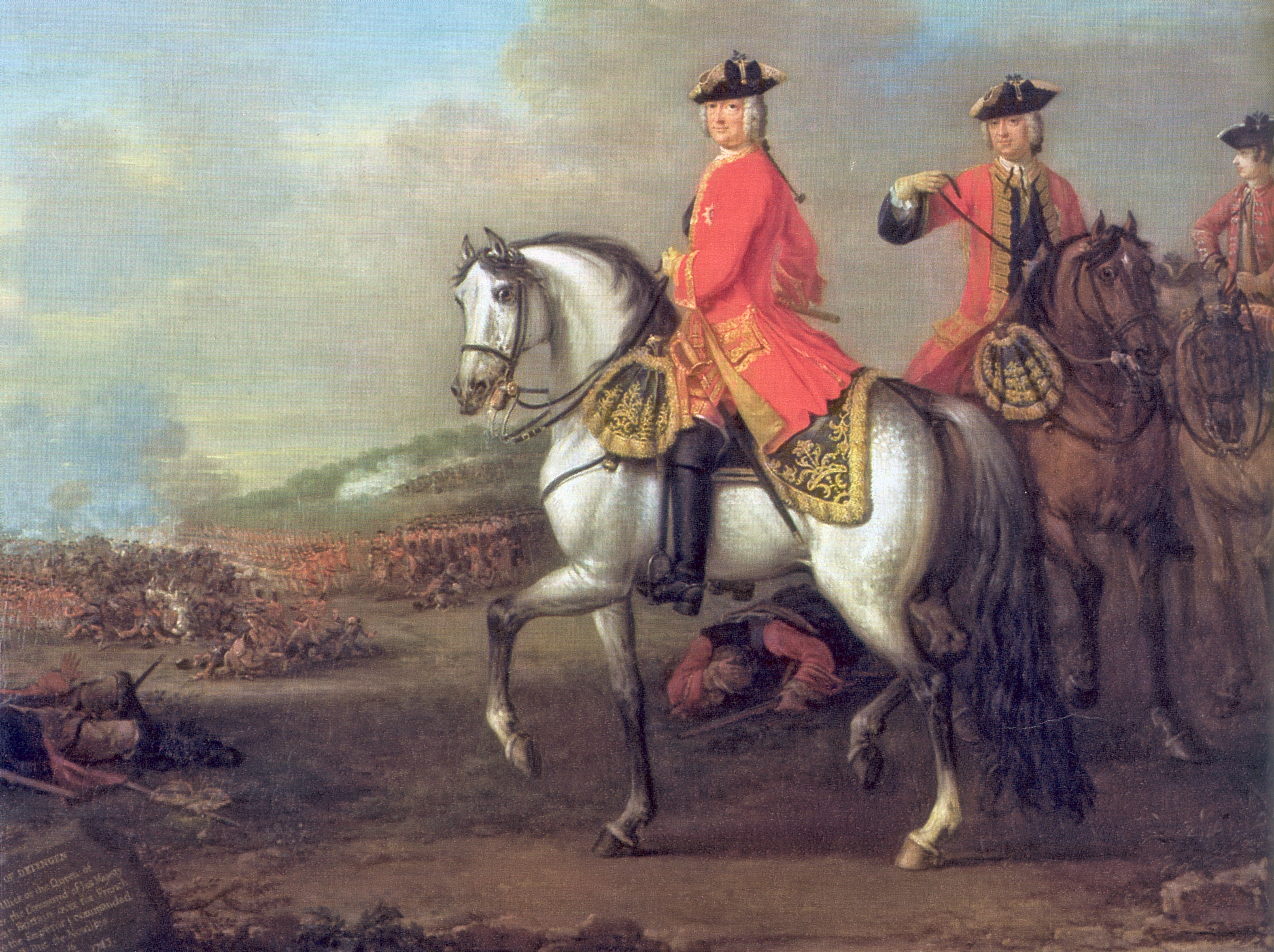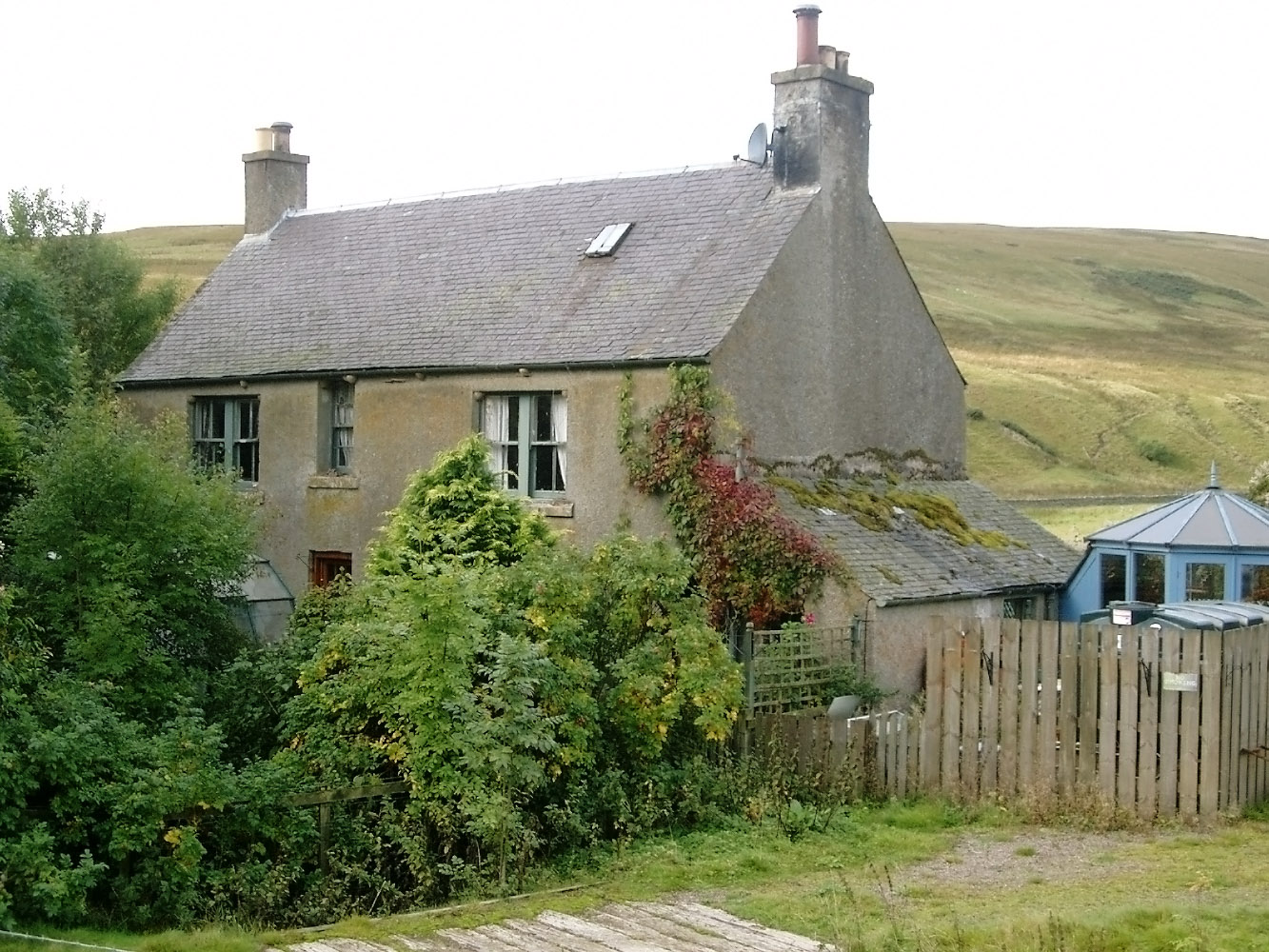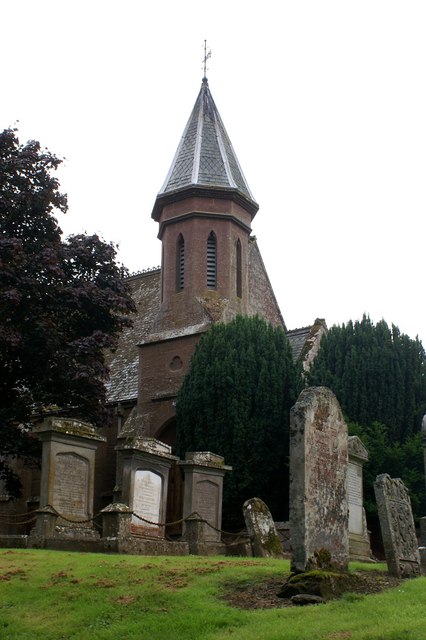|
Battle Of Sheriffmuir
The Battle of Sheriffmuir (, ) was an engagement in 1715 at the height of the Jacobite rising of 1715, Jacobite rising in Scotland. The battlefield has been included in the Inventory of Historic Battlefields in Scotland and protected by Historic Scotland under the Scottish Historical Environment Policy of 2009. Sheriffmuir is a remote elevated plateau of moorland lying between Stirling and Auchterarder on the north fringe of the Ochil Hills. Background John Erskine, 6th Earl of Mar, standard-bearer for the Jacobitism, Jacobite cause in Scotland, mustered Scottish Highlands, Highland chiefs, and, on 6 September, declared James Francis Edward Stuart (the "Old Pretender") as King of Scots. With an army of about 12,000 men Mar proceeded to take Perth, Scotland, Perth, and commanded much of the northern Scottish Highlands, Highlands. Following unsuccessful skirmishes against John Campbell, 2nd Duke of Argyll (based at Stirling), Mar was eventually persuaded to lead his full army sou ... [...More Info...] [...Related Items...] OR: [Wikipedia] [Google] [Baidu] |
Jacobite Rising Of 1715
The Jacobite rising of 1715 ( ; or 'the Fifteen') was the attempt by James Francis Edward Stuart, James Edward Stuart (the Old Pretender) to regain the thrones of Kingdom of England, England, Kingdom of Ireland, Ireland and Kingdom of Scotland, Scotland for the exiled House of Stuart, Stuarts. At Braemar, Aberdeenshire, local landowner the John Erskine, Earl of Mar (1675–1732), Earl of Mar raised the Jacobite standard on 27 August. Aiming to capture Stirling Castle, he was checked by the much-outnumbered Hanoverians, commanded by the John Campbell, 2nd Duke of Argyll, Duke of Argyll, at Sheriffmuir on 13 November. There was no clear result, but the Earl appeared to believe, mistakenly, that he had won the battle, and left the field. After the Jacobite surrender at Battle of Preston (1715), Preston (14 November), the rebellion was over. Background The 1688 Glorious Revolution deposed James II and VII, who was replaced by his Protestant daughter Mary II of England, Mary II a ... [...More Info...] [...Related Items...] OR: [Wikipedia] [Google] [Baidu] |
John Wootton
John Wootton (c.1686– 13 November 1764)Deuchar, S. (2003). "Wootton, John". Grove Art Online. was an English painter of sporting subjects, battle scenes and landscapes, and illustrator. Life Born in Snitterfield, Warwickshire (near Stratford-upon-Avon), he is best remembered as a pioneer in the painting of sporting subjects – together with Peter Tillemans and James Seymour – and was considered the finest practitioner of the genre in his day. As such, his paintings were very fashionable and were sought after by those among the highest strata of the British society. These included figures such as George II of Great Britain, Frederick, Prince of Wales, and the Duke of Marlborough. It is likely that he received artistic training from Jan Wyck before 1700. Wootton may have begun life as a page to the family of the Dukes of Beaufort. His earliest surviving dated work is the equine portrait ''Bonny Black'' (1711). He remained active until his death in 1764, based in the cap ... [...More Info...] [...Related Items...] OR: [Wikipedia] [Google] [Baidu] |
James Hogg
James Hogg (1770 – 21 November 1835) was a Scottish poet, novelist and essayist who wrote in both Scots language, Scots and English. As a young man he worked as a shepherd and farmhand, and was largely self-educated through reading. He was a friend of many of the great writers of his day, including Walter Scott, Sir Walter Scott, of whom he later wrote an unauthorised biography. He became widely known as the "Ettrick Shepherd", a nickname under which some of his works were published, and the character name he was given in the widely read series ''Noctes Ambrosianae'', published in ''Blackwood's Magazine''. He is best known today for his novel ''The Private Memoirs and Confessions of a Justified Sinner''. His other works include the long poem ''The Queen's Wake'' (1813), his collection of songs ''Jacobite Relics'' (1819), and his two novels ''The Three Perils of Man'' (1822), and ''The Three Perils of Woman'' (1823). Biography Early life James Hogg was born on a small farm nea ... [...More Info...] [...Related Items...] OR: [Wikipedia] [Google] [Baidu] |
Archibald Douglas, 2nd Earl Of Forfar
Archibald Douglas, 2nd Earl of Forfar, 3rd Earl of Ormond (25 May 1692 – 8 December 1715) was a Scottish peer. He was the only son of Archibald Douglas, 1st Earl of Forfar, and Robina Lockhart, the daughter of Sir William Lockhart of Lee and Robina Sewster. He inherited the titles Earl of Forfar and Earl of Ormond at the age of 20 on 11 December 1712, upon the death of his father. He was Colonel of the 3rd Regiment of Foot ("The Buffs") from 1713 until his death in 1715 and served as the Envoy to Prussia in 1714. He served on the Hanoverian side during the Jacobite rising of 1715 and led the 3rd Regiment at the Battle of Sheriffmuir (3 December 1715), where he was wounded in 17 places. He later died of his wounds in Stirling, Stirlingshire, Scotland, on 8 December 1715, at the age of 23. He was later buried in Bothwell Church on the family estates in Bothwell Bothwell () is a Protected area, conservation village in the South Lanarkshire council area of Scotland and pa ... [...More Info...] [...Related Items...] OR: [Wikipedia] [Google] [Baidu] |
Drummond Of Logie
Drummond may refer to: Places Antarctica * Drummond Peak, King Edward VII Land * Drummond Glacier, Graham Land Canada * Drummond (federal electoral district), a Quebec federal riding * Drummond (provincial electoral district), Quebec * Drummond Regional County Municipality, Quebec * Drummond Parish, New Brunswick ** Drummond, New Brunswick, a village therein * Drummond/North Elmsley, Ontario, formed from the merger of Drummond Township and North Elmsley Township * Drummond, a community in the township of Otonabee–South Monaghan, Ontario Northern Ireland * Drummond Cricket Club Ground * Drummond railway station United States * Drummond, Idaho, a city * Drummond, Maryland, a village and special taxing district * Drummond Township, Michigan ** Drummond, Michigan, an unincorporated community * Drummond, Montana, a town * Drummond, Oklahoma, a town * Drummond, Wisconsin, a town ** Drummond (CDP), Wisconsin, an unincorporated census-designated place within ... [...More Info...] [...Related Items...] OR: [Wikipedia] [Google] [Baidu] |
James Maule, 4th Earl Of Panmure
James Maule, 4th Earl of Panmure (c. 1658 – 11 April 1723) was a Scottish peer. Biography Born in Monifieth, Scotland, James Maule lived at Ballumbie and became the 4th Earl of Panmure in 1686 on the death of his brother, George Maule, the 3rd Earl. he married Margaret, the daughter of William Douglas, Duke of Hamilton. He was responsible for commissioning Alexander Edward to reconstruct Brechin Castle between approximately 1696 and 1709, and he also expanded the family seat of Panmure House. Lord Panmure was a Privy Councillor to King James VII (ruled 1685–1688), and despite being a Protestant, continued to support James after he was exiled by the Revolution of 1688. He was an early supporter of the Jacobite cause, which aimed to restore James and his successors on the thrones of England and Scotland. On 3rd April 1696, Lord Panmure was elected to the court of directors of the Company of Scotland trading to Africa and the Indies. His involvement in the affairs o ... [...More Info...] [...Related Items...] OR: [Wikipedia] [Google] [Baidu] |
John Lyon, 5th Earl Of Strathmore And Kinghorne
{{Scotland-earl-stub ...
John Lyon, 5th Earl of Strathmore and Kinghorne ( 27 April 1690 – 13 November 1715) was a Scottish peer and nobleman. He was the son of John Lyon, 4th Earl of Strathmore and Kinghorne. He died fighting with the Jacobites at the Battle of Sheriffmuir on 13 November 1715. Ancestry References 1690 births 1715 deaths Nobility from Angus, Scotland 5 People of the Jacobite rising of 1715 John John is a common English name and surname: * John (given name) * John (surname) John may also refer to: New Testament Works * Gospel of John, a title often shortened to John * First Epistle of John, often shortened to 1 John * Second E ... [...More Info...] [...Related Items...] OR: [Wikipedia] [Google] [Baidu] |
Battle Of Preston (1715)
The Battle of Preston (9–14 November 1715) was the final action of the Jacobite rising of 1715, an attempt to put James Francis Edward Stuart on the British throne in place of George I. After two days of street-fighting, the Jacobite commander Thomas Forster surrendered to government troops under General Charles Wills. It was arguably the last battle fought on English soil. Background The Jacobites moved south into England with little opposition, and by the time they reached Preston, Lancashire had grown to about 4,000 in number. Their cavalry entered Preston on the night of 9 November 1715, and as they approached two troops of dragoons and part of a militia regiment retreated to Wigan. General Charles Wills was ordered to halt their advance, and left Manchester on 11 November with six regiments, arriving on 12 November. The Jacobite leader was Thomas Forster, a Northumberland squire with minimal military experience, selected largely because he was a Protestant; learn ... [...More Info...] [...Related Items...] OR: [Wikipedia] [Google] [Baidu] |
Ruthven, Angus
Ruthven ( ) is a village in Angus, Scotland. It is north of Meigle, where the A926 road crosses the River Isla, Perthshire, River Isla. See also * Ruthven Castle, Angus References Villages in Angus, Scotland {{Angus-geo-stub ... [...More Info...] [...Related Items...] OR: [Wikipedia] [Google] [Baidu] |
Montrose, Angus
Montrose ( ; ) is a town and former royal burgh in Angus, Scotland. Situated north of Dundee and south of Aberdeen, Montrose lies between the mouths of the River North Esk, Angus, North and River South Esk, South Esk rivers. It is the northernmost coastal town in Angus and developed as a natural harbour that traded in skins, hides, and cured salmon in medieval times. With an estimated population of in , the town functions as a port, but the major employer is GlaxoSmithKline, which was saved from closure in 2006. The skyline of Montrose is dominated by the steeple (architecture), steeple of Montrose Old and St Andrew's Church, Old and St Andrew's Church, designed by James Gillespie Graham and built between 1832 and 1834. Montrose is a town with a wealth of architecture, and is a centre for international trade. It is an important commercial port for the oil and gas industry. It is known for its wide thoroughfare and high street, which leads to picturesque closes containing s ... [...More Info...] [...Related Items...] OR: [Wikipedia] [Google] [Baidu] |
Peterhead
Peterhead (; , ) is a town in Aberdeenshire, Scotland. It is the council area's largest settlement, with a population of 19,060 at the 2022 Census for Scotland, 2022 Census. It is the largest fishing port in the United Kingdom for total landings by UK vessels, according to a 2019 survey."Brexit trade deal: What does it mean for fishing?" - BBC News, December 2020 Peterhead sits at the easternmost point in mainland Scotland. It is often referred to as ''The Blue Toun'' (locally spelled "The Bloo Toon") and its natives are known as ''Bloo Touners''. They are also referred to as ''blue mogganers'' (locally spelled "bloomogganners"), supposedly from the blue worsted ''moggans'' or stockings that the fishermen originally wore. Prehistory and archaeology Expansion of the town's landfill led to ...[...More Info...] [...Related Items...] OR: [Wikipedia] [Google] [Baidu] |





